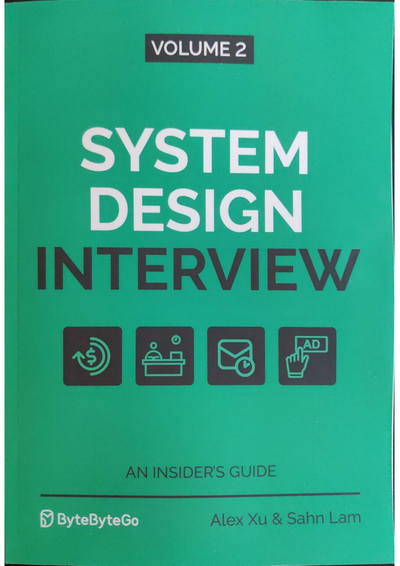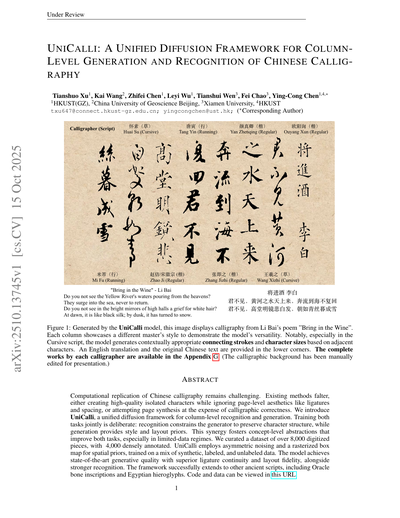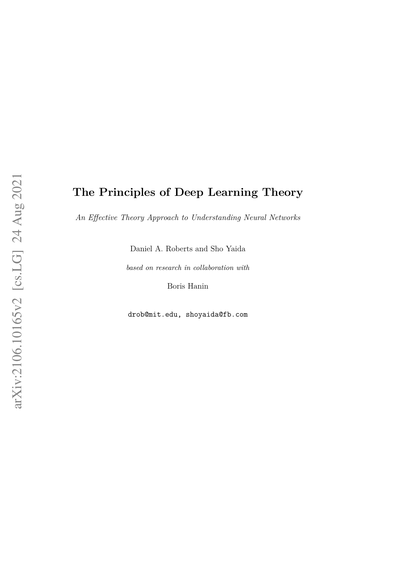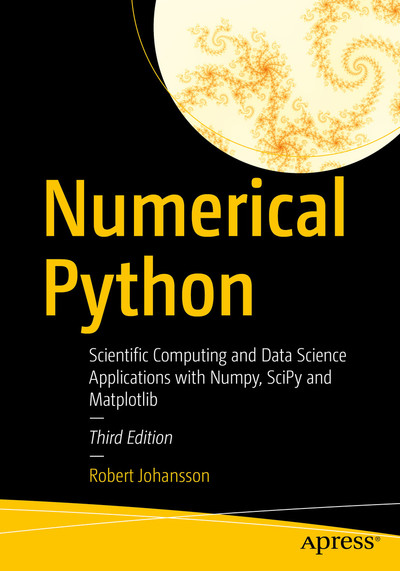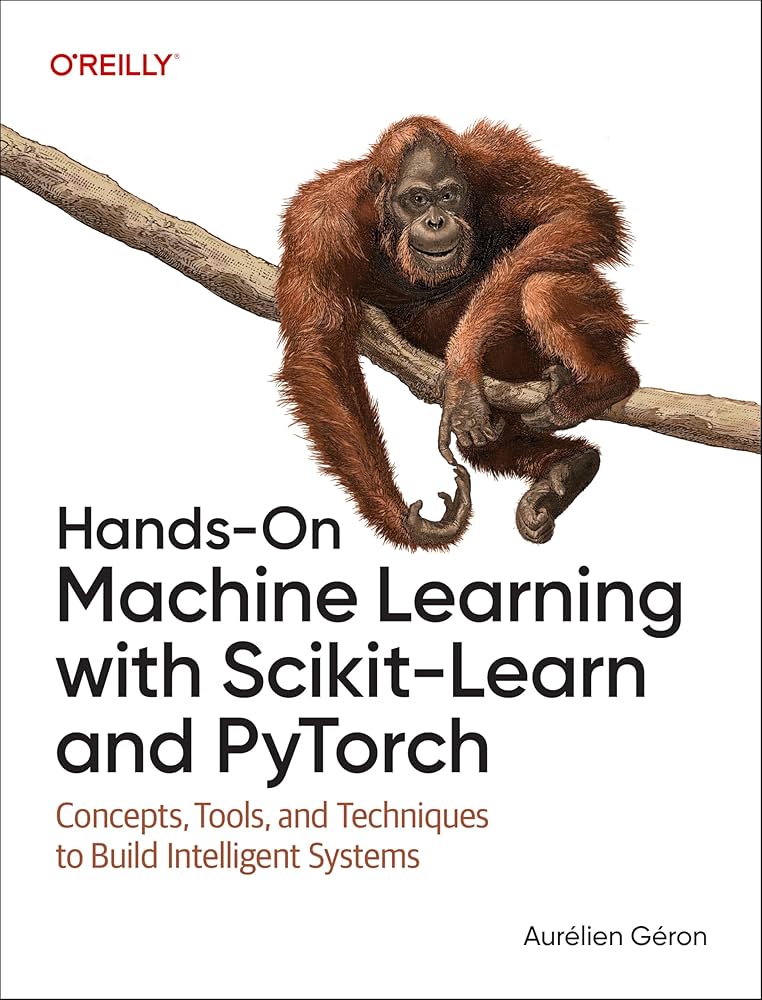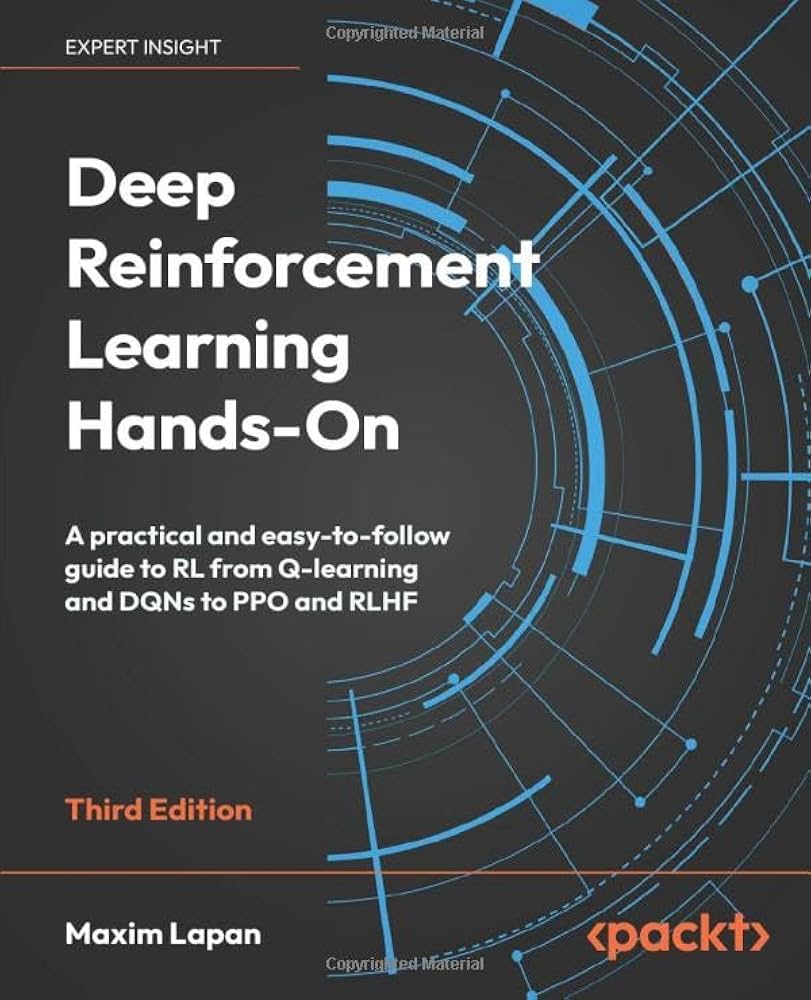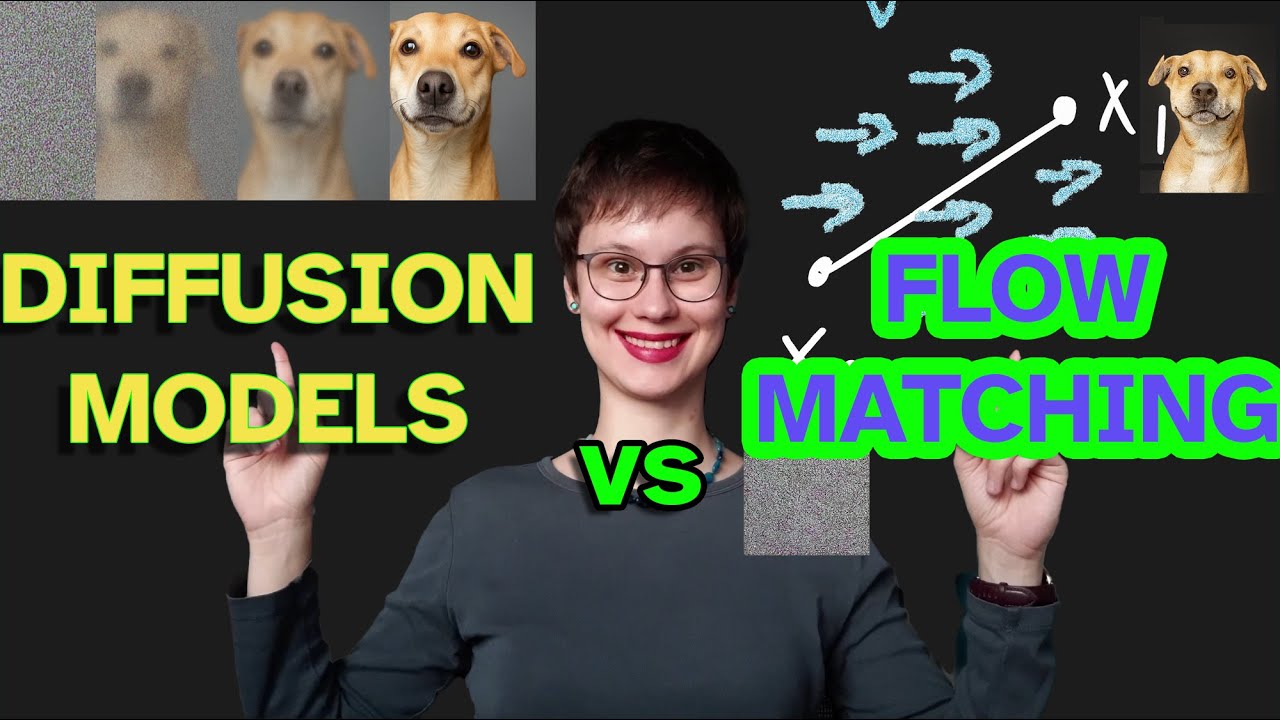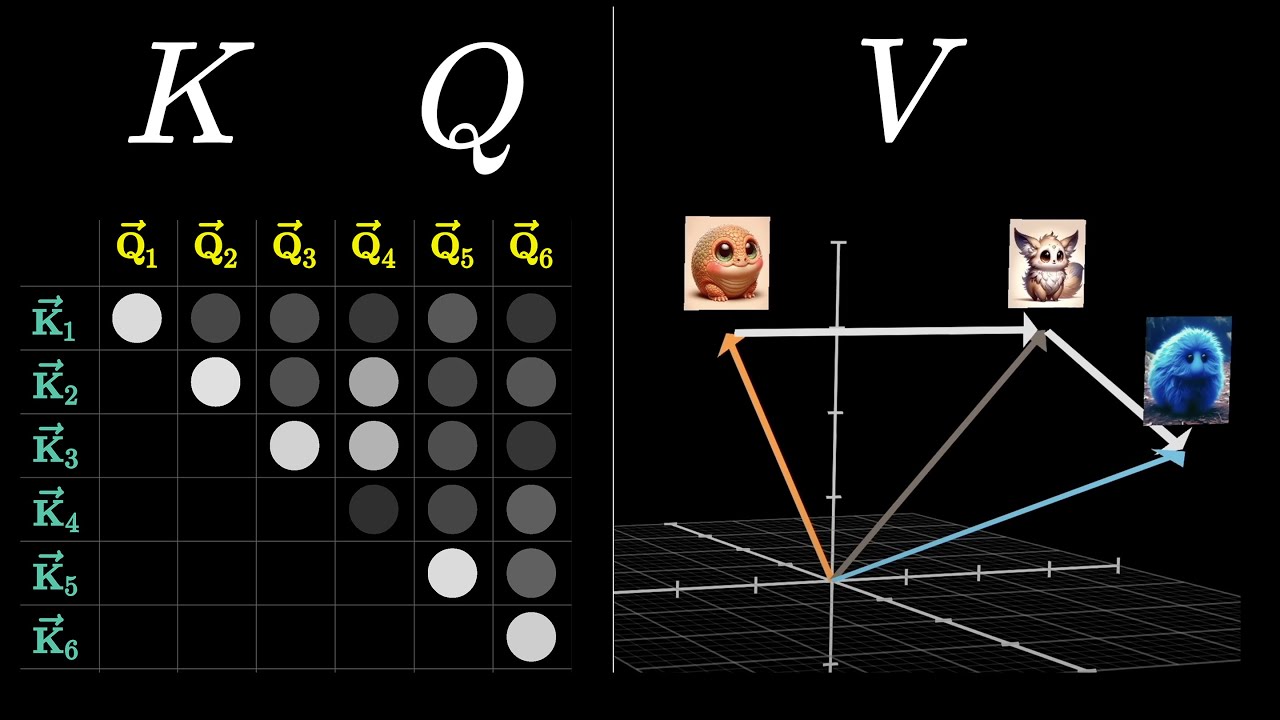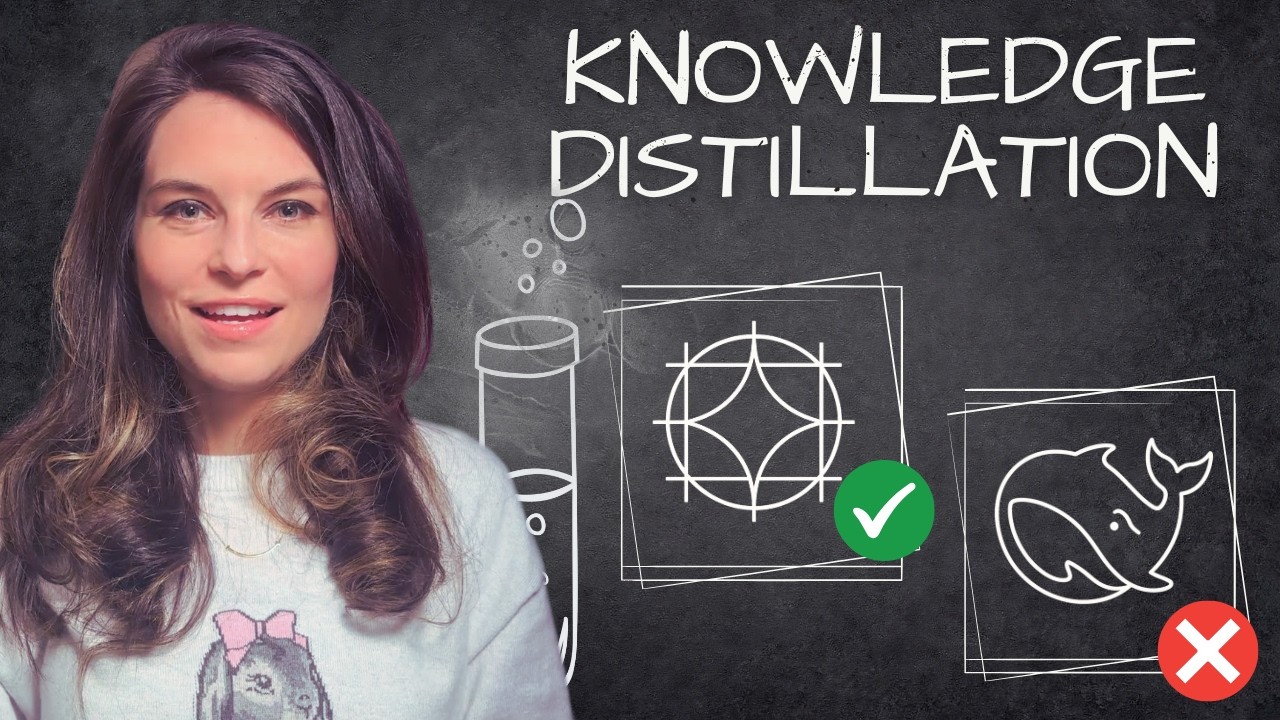
Online Workshop Every Week
Join our free weekly interactive learning sessions.
Master AI/ML with instant feedback and personalized learning
"Cogito, ergo sum" (I think, therefore I am)
— René Descartes

Free Problems
Chapter 12 - Deep Computer Vision Using Convolutional Neural Networks
This problem set covers key concepts from Chapter 12 on Deep Computer Vision Using Convolutional Neural Networks. You'll explore CNN architectures, convolutional layers, pooling layers, transfer learning, and practical implementations using PyTorch. The problems progress from fundamental concepts to advanced applications, testing your understanding of how CNNs work and how to implement them effectively.
28 pts
Medium
95
convolutional neural networks
image classification
deep learning
+7
Chapter 11 - Training Deep Neural Networks
This problem set covers key concepts from Chapter 11 on training deep neural networks, including gradient problems, initialization strategies, activation functions, normalization techniques, optimization algorithms, learning rate scheduling, and regularization methods. These problems will test your understanding of the fundamental challenges in deep learning and the techniques used to overcome them.
19 pts
Medium
98
neural networks
gradient problems
deep learning
+7
Chapter 10 - PyTorch Fundamentals and Neural Network Implementation
This problem set covers key concepts from Chapter 10: Building Neural Networks with PyTorch. You'll practice working with PyTorch tensors, autograd, neural network modules, training loops, and model evaluation. The problems progress from basic tensor operations to advanced neural network architecture design.
26 pts
Medium
102
pytorch
tensor operations
machine learning
+7
Chapter 09 - Introduction to Artificial Neural Networks
This problem set covers key concepts from Chapter 9: Introduction to Artificial Neural Networks. You'll explore the fundamentals of neural networks, from biological inspiration to practical implementation with MLPs. The problems progress from basic concepts to advanced analytical thinking about neural network architecture and training.
24 pts
Easy
98
neural networks
mcculloch pitts
artificial intelligence history
+7
Chapter 07 — Dimensionality Reduction
This Chapter 07 problem set assesses your understanding of core dimensionality reduction concepts discussed in the chapter: the curse of dimensionality, projection vs. manifold learning, PCA (SVD, explained variance, choosing the number of components, compression, randomized and incremental variants), random projection (Johnson–Lindenstrauss bound), LLE (algorithmic steps and complexity), and other techniques (MDS, Isomap, t-SNE, LDA). Questions progress from foundational to advanced and mix conceptual, practical, analytical, and coding skills.
32 pts
Medium
101
dimensionality reduction
machine learning
feature selection
+7
Chapter 08 – Unsupervised Learning Techniques
This Chapter 08 practice set covers key unsupervised learning techniques from Hands-On Machine Learning with Scikit-Learn and PyTorch. You will answer conceptual, practical, and analytical questions on: clustering (k-means, k-means++), silhouette and inertia, selecting k, image segmentation with k-means, semi-supervised learning via label propagation, DBSCAN, Gaussian Mixtures (EM, AIC/BIC), and anomaly vs. novelty detection. Questions progress from basic to advanced to help you master the core ideas.
27 pts
Medium
101
unsupervised learning
machine learning
clustering
+7
Premium Problems
Knowledge Graphs
USA AI Olympiad
Explore competitive programming and AI contest preparation concepts
Grade 5 Math
Discover elementary mathematics concepts and learning paths
Featured PDFs
View All PDFsSystem Design Interview: An Insider's Guide Volume 2
116 questions
348 pts
System Design Interview: An Insider's Guide
108 questions
317 pts
UNICALLI: A UNIFIED DIFFUSION FRAMEWORK FOR COLUMN-LEVEL GENERATION AND RECOGNITION OF CHINESE CALLIGRAPHY
10 questions
38 pts
The Principles of Deep Learning Theory
107 questions
418 pts
Featured Books
View All BooksAcing the System Design Interview
153 questions
456 pts
Numerical Python: Scientific Computing and Data Science Applications with Numpy, SciPy and Matplotlib
190 questions
543 pts
Hands-On Machine Learning with Scikit-Learn and PyTorch
200 questions
554 pts
Deep Reinforcement Learning Hands-On - Third Edition
222 questions
720 pts
Featured Videos
View All VideosFlow-Matching vs Diffusion Models explained side by side
10 questions
29 pts
Attention in transformers, step-by-step | Deep Learning Chapter 6
10 questions
30 pts
Knowledge Distillation: How LLMs train each other
10 questions
27 pts
Diffusion Model
10 questions
32 pts
Popular Topics
machine learning
56
deep learning
40
neural networks
35
reinforcement learning
33
system-design
28
grade5
27
optimization
14
large language models
13
attention mechanisms
13
combinatorics
13
system-architecture
13
natural language processing
12
aime problems
12
Number Sense
12
scalability
11
beginner
10
number theory
10
performance
10
transformers
9
capacity-planning
9
Click on any tag to filter problems by that topic
